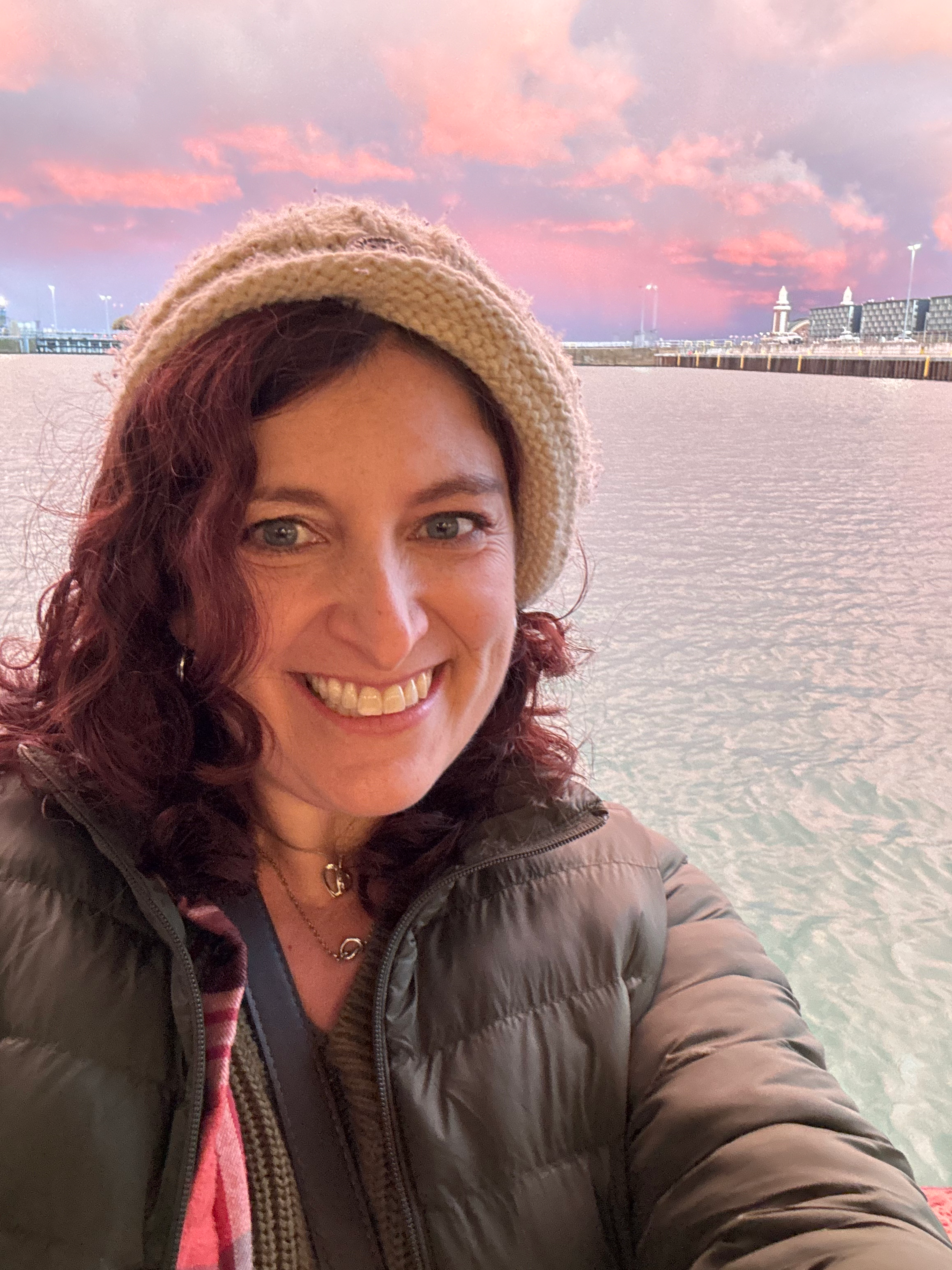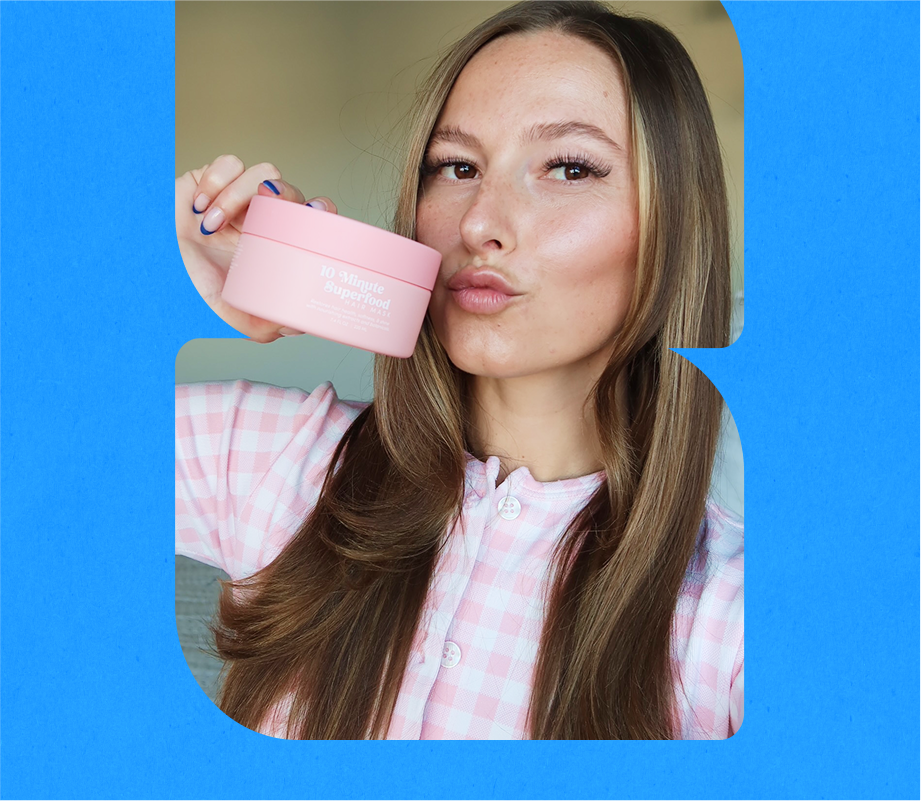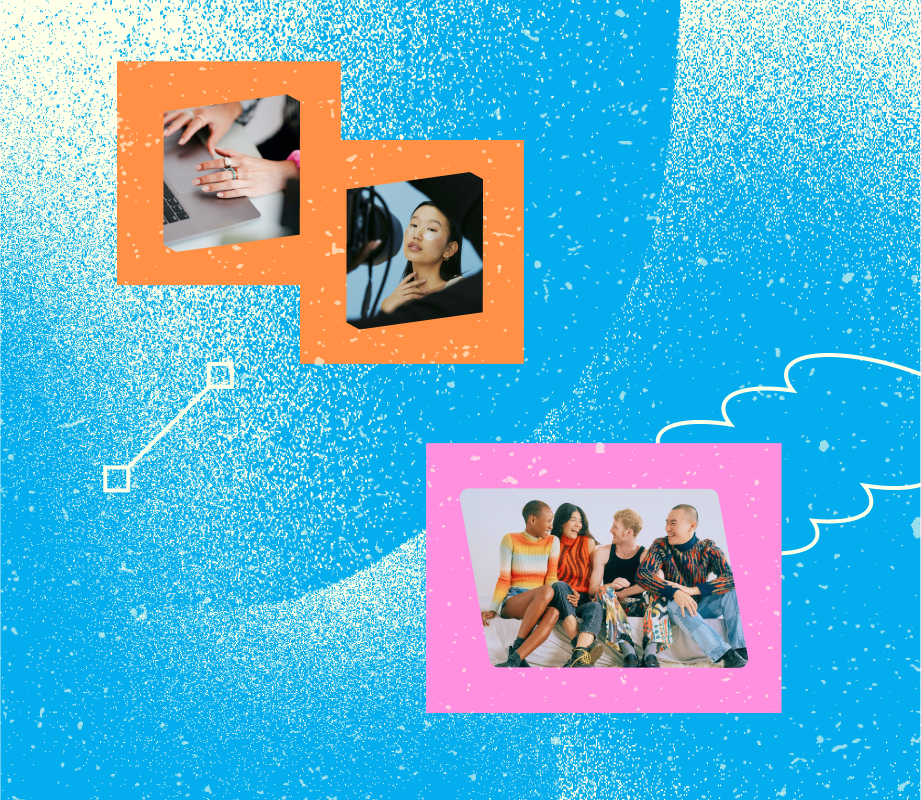Brand awareness is one of the most important and yet often-overlooked marketing tools. It’s why you Google something instead of “searching online” and reach for a Kleenex instead of a tissue. This isn't accidental—it’s intentional marketing that sticks.
In influencer marketing, an ROI-focused brand awareness campaign can be seriously impactful. But designing one of these campaigns can be tricky. Don’t fret. This article provides actionable insights for 2025 to help you build brand awareness and launch a winning campaign.
See how Later Influence’s influencer marketing services can help you run a brand awareness campaign that actually drives results. Book your free demo today.
Table of Contents
Join over 1 million marketers to get social news, trends, and tips right to your inbox!
Email AddressWhat is brand awareness?
Brand awareness is the mental shortcut that makes customers say, "I know that brand. I like that brand. I'll buy that brand." It's how familiar people are with your brand and whether they can instantly connect it to a product, feeling, or need.
So why does this matter for your bottom line? Because brand recognition, awareness, and knowledge build brand equity. That builds revenue.
When done well, brand awareness shortens decision-making and reduces price sensitivity. In other words, people are willing to pay more (at the drop of a hat) for the brand they know.
Turns out there's something to those iconic golden arches and classic commercial jingles.
Why run a brand awareness campaign?
Of course, awareness is just the beginning. 70% of customers worldwide are more likely to buy from a brand they trust. But the foundation for that trust is awareness, on which you then build understanding, familiarity, and, ultimately, trust. This is the stage where you get lifelong customers.
What is a brand awareness campaign? It’s the start of a beautiful customer/brand relationship.
You need to start a brand awareness campaign around 6-12 months before you want to see results. The full impact of a good campaign takes time. Over months and years, customers will associate your brand with satisfying a specific need.
You’ll want to run a campaign before:
Launching a new product
Running a major sale
Making a significant company announcement
Announcing a new partnership
How long should a brand awareness campaign last?
You won't ace your brand awareness campaign strategy overnight. Influencer and social content may have a quicker impact than content marketing, but you still need at least three months.
The typical campaign lasts about six months, but the particular timing depends on your goals and existing reach. Now, let's learn how to create a brand awareness campaign from scratch.
How to build a brand awareness campaign
1. Define clear, measurable objectives
Before tossing content into the internet and hoping it lands, make sure you understand why you're doing it. Great influencer brand awareness campaigns begin with SMART goals:
Specific
(Example: increase Instagram followers for a skincare company by targeting college-aged women interested in skincare)
Measurable
(Example: grow follower count by 10,000 and reach 500,000 post impressions)
Achievable
(Example: use a weekly content calendar and partner with three micro-influencers to drive engagement)
Relevant
(Example: supports the broader business goal of expanding a Gen Z skincare customer base)
Time-bound
(Example: achieve this growth within the next 3 months)
SMART business goals keep your campaign grounded, aligning every creative with a business outcome. Without them, you’re lost in the algorithm.
These goals also provide clear objectives that align with ROI measurement. You get goalposts to measure success without stressful guesswork.
It helps to take advantage of Later’s influencer tools that make it much easier to measure and report on goal success throughout your campaign.
2. Leverage multi-channel marketing
The potential impact of posting on multiple platforms is huge. Facebook has over 3 billion monthly active users, TikTok has over 1.5 billion, and the global social networks are only growing. Multi-channel marketing is the best way to increase brand awareness quickly.
It’s been done before. Check out the real benefits of using multi-marketing strategies with influencers and social media in these brand awareness campaign examples:
El Pollo Loco: To generate buzz for its Double Tostada launch, El Pollo Loco activated 20 diverse creators across TikTok and Instagram, producing content that resonated with Gen Z.
Spectrum Brands : With 387 pieces of influencer content and a 12.8% average engagement rate over Instagram and TikTok, this campaign for pet brands effectively drove awareness and consumer trust through authentic storytelling and strategic paid media.
3. Invest in high-quality content creation
Any old content won't do. Your brand needs engaging, appealing content, but content creation isn't always easy. Even brand campaigns with influencers (who may make their own content) require a lot of work from your team. These tips make it easier:
Edit fast, post proud. The right creator tools and a good preset go a long way—invest in good editing software attuned to your campaign.
Design like a pro, even if you're not one. Tools like Canva make it easy to create eye-catching content.
Stress-free idea generation. AI tools and caption writers spark fresh content without the headache.
4. Find the right influencer partnerships
If content is king, then influencer marketing may be the queen. Partnering with appropriate influencers can spread brand awareness faster than a fresh trend. Team up with the right-fit creators to speak directly to your audiences.
Define your ideal influencer match.
Think of it like dating. You need to know what you want. What niche should they be in? Who's in their audience? Do they care about the same things your brand does? Persona-building goes a long way in narrowing down the best brand-fit creators.
Don't overlook your own fans.
Sometimes, your dream influencer is already tagging you. Monitor branded hashtags, mentions, and DMs to find those low-key advocates who genuinely get your brand.
When in doubt, think small (but mighty).
Nano- and micro-influencers may have fewer followers, but they often drive higher engagement, and that's where real brand magic happens.
Need a shortcut?
Use discovery tools like Later's influencer finder to vet creators and automate influencer recruitment. It's influencer matchmaking made easy, with a lot less time and stress on your end.
5. Incorporate user-generated content (UGC)
User-generated content (UGC) is any content created naturally by a brand's fans, customers, or community—and later shared by the brand on its own platforms.
There are no contracts, just authentic, unsolicited brand appreciation. The most popular example is a user who posts on Instagram while wearing a brand shirt. They tag the brand, the brand's social media wizzes pick it up, repost, and voila. You've mastered UGC.
Okay, there's a bit more to it, but these tips and tricks can help you get on top of UGC:
Start with Strategy: Define your UGC goals upfront. Content without purpose is just noise.
Always Credit the Creator: Ask permission, tag generously, and thank the original poster. Good manners build better communities.
Keep It Real: Highlight raw, relatable, and real content. Authentic UGC trumps glossy product shots every time.
Go Big on Video: Video UGC grabs attention, drives engagement, and brings your brand to life.
Share from All Walks of Life: Diversity in UGC isn't optional—it's essential. Celebrate your entire community.
Make It Scroll-Stopping: Aim for UGC that's feel-good and share-worthy. If it sparks a smile or a share, you're doing it right.
Looking for more support? Later's UGC platform can help you find and collaborate with the most authentic creators.
6. Engage in social listening and community building
Social listening tracks online conversations about your brand, industry, and competitors to inform more thoughtful decisions. It includes monitoring mentions, analyzing sentiment, spotting trends, and responding to feedback—across all platforms.
Social listening is a great tool for community building. It helps you understand your audience's needs, concerns, most favorite things, and what they need from a brand community.
It also helps you get ahead of issues with your campaign. For example, you can figure out if an influencer isn't coming off well before their content reaches most of your customers.
It can be tough to manage successful social listening on your own. Later's social media listening tool gives you actionable insights directly from your customers. Use the information you gain and the following tips to build and nurture your online community:
Define your brand's purpose and values to give your community something meaningful to rally around. A clear mission turns followers into believers.
Identify and understand your audience by digging deep into their interests, needs, and behaviors—because just shouting into the void won't build a community.
Foster authentic engagement by showing up, replying like a human, and celebrating your community's contributions in real-time.
Organize events and challenges to spark participation, build momentum, and give your community a reason to come together.
Offer exclusive perks and benefits to reward loyalty and make your followers feel like insiders, not just customers.
7. Conduct regular brand awareness surveys
You don’t have to make educated guesses on audience perception. Just ask! Consistent feedback from surveys is an excellent way to gauge brand perception. Pose questions like:
How familiar are you with our products?
When were you first introduced to our brand?
Do you feel we are trustworthy?
Do you prefer us over the competition?
How likely are you to recommend our brand to friends and family?
Do you use our products? Why or why not?
It’s best to send out the same survey multiple times to random audience members—once before the brand awareness campaign, once or twice during, and once after.
8. Repurpose top-performing content across channels
Ever heard the phrase: reduce, reuse, recycle? This is the content version—identifying your highest-performing content pieces and adapting them for different platforms. Repurposing content for social media (also called content syndication) is a great way to get more out of your campaign budget.
You can crosspost, reformat old content, and repurpose long-form videos into short clips.
Content atomization can kick things up a notch. Atomization means taking one big, brilliant piece, like a long-form blog post, e-guide, or video, and breaking it into smaller, platform-specific assets. Think of turning a blog post into a video tutorial, a LinkedIn carousel, and a Tweet thread.
Where repurposing focuses on changing formats, atomization zooms in on micro-themes and angles, turning one core idea into a group of content across your brand awareness campaign. The result is more reach, more relevance, and much more mileage from every piece you publish.
Later’s influencer content syndication platform can help you navigate and excel at content repurposing and atomization.
How to measure a brand awareness campaign
Don't evaluate all your hard work on vibes or a feeling. To know if your campaign is actually working, you need to monitor the right key performance indicators (KPIs). The best metrics don't just measure noise—they measure impact.
Here are a few top KPIs for influencer brand campaigns to focus on:
Reach and Impressions:
How many people saw your campaign? This top-of-funnel metric tells you how far your message traveled.
Engagement:
Did people care? Likes, shares, saves, and comments show how well your content resonated.
Conversions:
Did anyone buy, sign up, or download? Trackable links and promo codes make this measurable.
Brand Sentiment:
Don't just count comments—read them. Sentiment analysis helps you gauge public perception.
Now, how do you actually track all this without losing your mind? A tool like Later's influencer analytics platform gives you real-time insights across the campaign lifecycle.
Building a future-proof brand awareness strategy
Brand awareness isn’t just about being seen—it’s about being remembered and favored. The trick is a strategy that’s both holistic and flexible. Winning brands plan, adapt, and listen.
That’s where Later comes in. With social media management services and influencer marketing services, we help brands craft campaigns that do more than just trend.
Start building your next brand awareness campaign with Later. Book an influencer marketing demo now.




